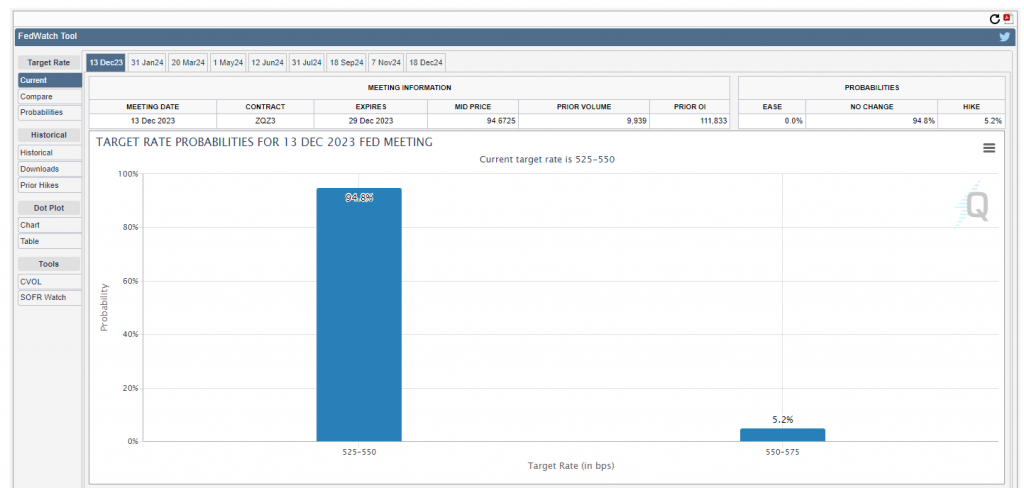Binance chief Changpeng Zhao pleaded guilty Tuesday to criminal charges and stepped down as the company’s CEO as part of a $4.3 billion settlement with the Department of Justice, according to court documents.
The plea arrangement with the U.S. government resolves an investigation into the world’s largest cryptocurrency exchange.
Zhao said Tuesday in a post on X, that he had ‘made mistakes’ and ‘must take responsibility’. He said Richard Teng, the company’s former global head of regional markets, is the new CEO of Binance.

Action taken against Binance
The action against Binance and its founder was a joint effort by the Department of Justice, the Commodity Futures Trading Commission and the Treasury Department. The Securities and Exchange Commission (SEC) was absent.
Treasury Secretary Janet Yellen reportedly said in a release Tuesday 21st November 2023 that the cryptocurrency exchange permitted ‘illicit actors’ to make transactions that supported activities such as terrorism and illegal narcotics and that it allowed more than 1.5 million virtual currency trades that violated U.S. sanctions.
Plea deal
Zhao personally pleaded guilty to violating and causing a financial institution to violate the Bank Secrecy Act, according to the plea agreement. The DOJ is also recommending that the court impose a $50 million fine on Zhao.
Zhao has been released on a $175 million bond secured by $15 million in cash and has a sentencing hearing scheduled for 23rd February 2024.
Continue to operate
Binance will continue to operate but with new strict rules. The company will be required to maintain and enhance its compliance program to ensure its business is in line with U.S. anti-money-laundering standards. The company is required to appoint an independent compliance monitor.
The case against Binance shows that three criminal charges were brought against the exchange, including conducting an unlicensed money-transmitting business, violating the International Emergency Economic Powers Act, and conspiracy. Binance has agreed to forfeit $2.5 billion to the U.S. government, as well as to pay a fine of $1.8 billion.
SEC takes aim too
The SEC targeted the company with a lawsuit in June 2023, alleging that Binance was running an illegal securities exchange and mishandling customer funds.
The SEC also challenged rival crypto exchange Coinbase with a similar lawsuit, alleging it is operating as an unauthorized securities exchange, broker and clearing agency.
And on Monday 20th November 2023 the SEC sued Kraken, alleging that the exchange commingled $33 billion in customer crypto assets with its own company assets, creating the potential for a significant risk of loss to its users.

In the charges brought against Binance by the SEC, the agency accused Binance of ‘commingling’ billions of dollars in customer money with Binance’s own funds, similar to allegations made against the now bankrupt and disgraced crypto exchange FTX. The founder of FTX, Sam Bankman-Fried was convicted of fraud and now awaits sentencing.
EC Chair, Gary Gensler reportedly said, ‘Zhao and Binance entities engaged in an extensive web of deception, conflicts of interest, lack of disclosure, and calculated evasion of the law’.
Binance origin
Started by the Chinese-born entrepreneur in 2017, Binance went from being a relatively obscure name to being a major force in crypto in a matter of weeks. Binance remains the world’s largest crypto exchange globally, processing billions of dollars in trades every year.
While its holding company is based in the Cayman Islands, Binance doesn’t have a global headquarters and Zhao frequently resisted calls to create one, saying he wanted the platform to run on a ‘decentralized’ operating model.
UK ban
In 2021, the U.K.’s Financial Conduct Authority (FCA) barred Binance’s U.K. unit from operating in the country, saying it wasn’t authorized to carry out regulated activities. More recently, Binance scrapped plans to pursue a full U.K. license after the regulator said its ‘know-your-customer and anti-money-laundering’ controls didn’t meet its requirements.
Binance and Zhao filed a motion in July 2023 to dismiss the CFTC’s suit. The U.S. arm of the exchange is also pushing back on the SEC’s lawsuit, filing a protective order against what they call the SEC’s ‘fishing expedition’.
Crypto industry concern
Of particular concern for the crypto industry are the implications of the crypto crackdown for a myriad of altcoins or tokens and blockchains, not just the exchanges.
The SEC maintains that several of the tokens Binance and Coinbase offer on their platforms such as: Solana’s SOL, Cardano’s ADA , and Polygon’s MATIC are all securities that should have been registered.










































